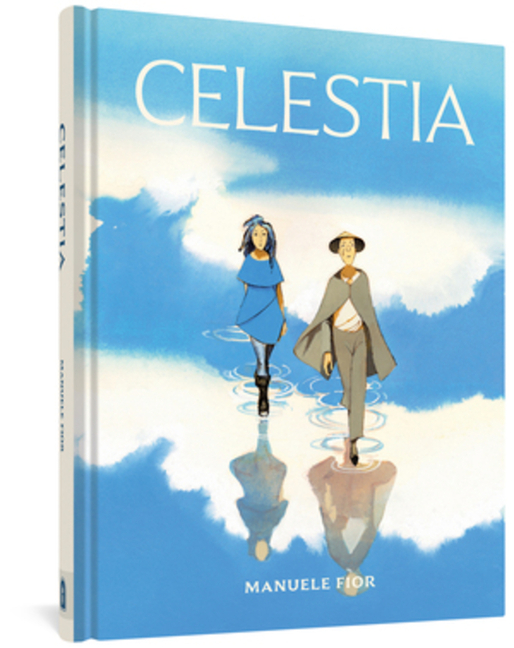Ambitiously realized by Manuele Fior and eloquently translated by Jamie Richards, Celestia—Venice’s oneiric double—is a visual poem and modernist dance in graphic novel form, encompassing diaphanous terrains and gothic undertow, exuberantly tumescent with allusions to literature, art, and architecture ... Richards’ expressive portrayal of Pierrot complements Fior’s suggestive approach. Their linguistic collaboration resembles a graceful pas-de-deux between layers of idea and perception. Fior’s painterly panels, like his organic narrative, often do not follow the sequential action-to-action layout of traditional comics, but employ disorienting shifts in perspective, scene, and mood—bringing to mind Brodsky’s metaphor of Venice as a trammeling labyrinth.
Read Full Review >>

